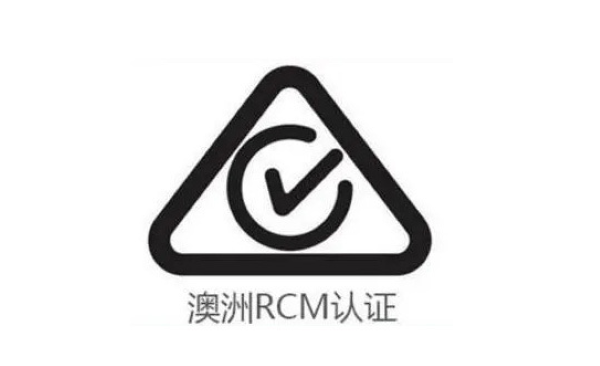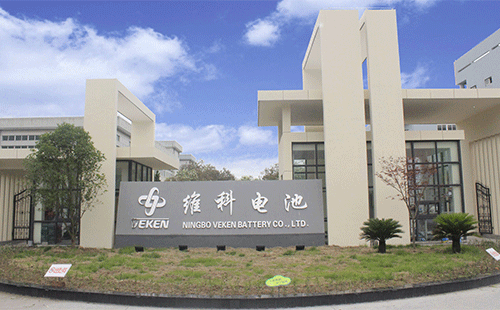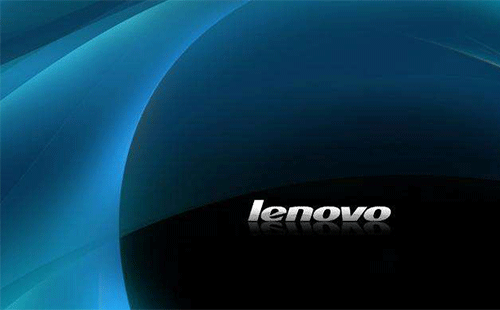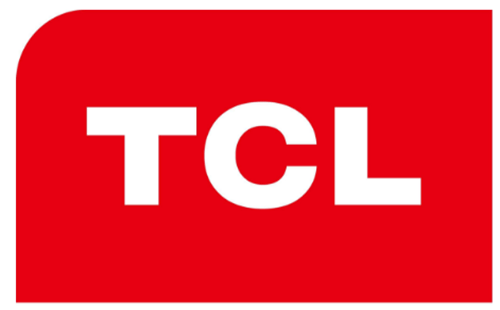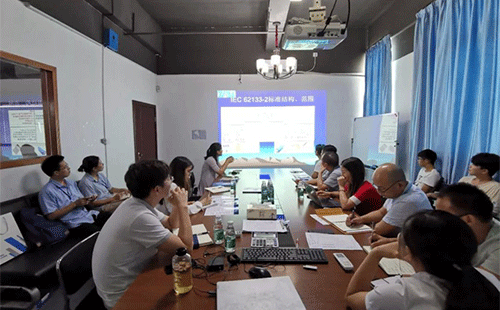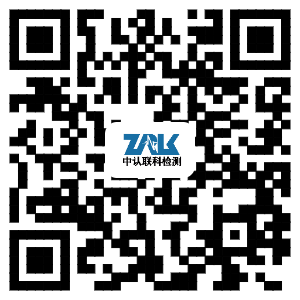On July 15, 2022, the European Chemicals Agency (ECHA) proposed to add medium-chain chlorinated paraffins (MCCP) and other substances containing chlorinated alkanes with carbon chain lengths in the range of C14 to C17 to the EU REACH regulation Annex XVII restrictions List of substances to restrict the manufacture, use and placing on the market of substances, mixtures and articles containing such substances. The proposal is at an early stage, and after being assessed by ECHA's Risk Assessment Committee (RAC), Socio-Economic Analysis Committee (SEAC), and after public comment, the restriction will be issued in the form of REACH Annex XVII restriction.
Substance information
The substances proposed to restrict are medium-chain chlorinated paraffins (UVCB substances consisting of more than 80% linear chlorinated alkanes with carbon chain lengths in the range of C14 to C17) and those containing persistent, bioaccumulative and toxic (PBT) and/ or any other substance of C14-17 chlorinated alkanes with strong persistent and bioaccumulative (vPvB) properties. Specifically, it is a linear chlorinated alkane with the following molecular formula:
✦ C14H30-yCly where y = 3 to 11
✦ C15H32-yCly where y = 3 to 8
✦ C16H34-yCly where y = 3 to 8
✦ C17H36-yCly where y = 6 to 9
It can be seen that the restricted substances proposed in this proposal are not limited to MCCP, but are extended to other homologs/homologs of chlorinated alkanes with carbon chain lengths ranging from C14 to C17 with PBT and vPvB properties.
Proposal proposal management requirements
Two control options are proposed for evaluation in this proposal:
Option 1: The chlorinated alkanes listed above shall not be manufactured or placed on the market in a total concentration equal to or greater than 0.1% (w/w) by themselves, or in other substances, mixtures and articles. The total concentration of chlorinated alkanes listed above in mixtures and articles equal to or greater than 0.1% (w/w) shall not be used in the preparation of mixtures and the production of articles.
Option 2: The chlorinated alkane substances listed above shall not be placed on the market by themselves or in other substances, mixtures and articles in a total concentration equal to or greater than 0.1% (w/w).
Common uses of substances
Homologues/groups of homologues containing chlorinated alkanes with carbon chain lengths in the range of C14 to C17 (hereinafter referred to as CA: C14-17) are mainly used as plasticizers, flame retardants or lubricants and are widely used in various fields , such as in PVC, adhesives and sealants, rubber, metalworking fluids, paints and coatings, and leather fatliquors.
Substances Existing Regulatory Controls
The vast majority of CA: C14-17 have been shown to pose unacceptable risks to human health or the environment, among which MCCP (UVCB substances consisting of more than 80% linear chlorinated alkanes with carbon chain lengths in the range of C14 to C17) ) was identified as a Substance of Very High Concern (SVHC) by ECHA in 2021 due to its PBT and vPvB properties. At the same time, MCCP (including linear or branched chlorinated paraffins with carbon chain lengths of C14-C17, CAS number: 85535-85-9) has been assessed by the European Commission designated agency Oko-Institut e.V to determine that there are risks to workers, consumers and the environment. The risk of significant exposure to hazards is proposed to be included in the EU RoHS Directive for control. In addition, the European Union has proposed to include MCCP in the Stockholm Convention. Once this substance is officially included in the Conference of the Parties, the European Union, as one of the contracting parties, will also revise the EU POPs regulations to include such substances in the EU POPs. Regulations control.
Reminder
With the continuous updating of REACH regulations, enterprises are faced with more and more control requirements. ZRLK recommends relevant companies to improve their risk awareness of their products, pay attention to the updates of REACH regulations in a timely manner, adjust production strategies, and ensure that export products containing restricted substances comply with the latest regulations Control requirements and avoid trade risks!




